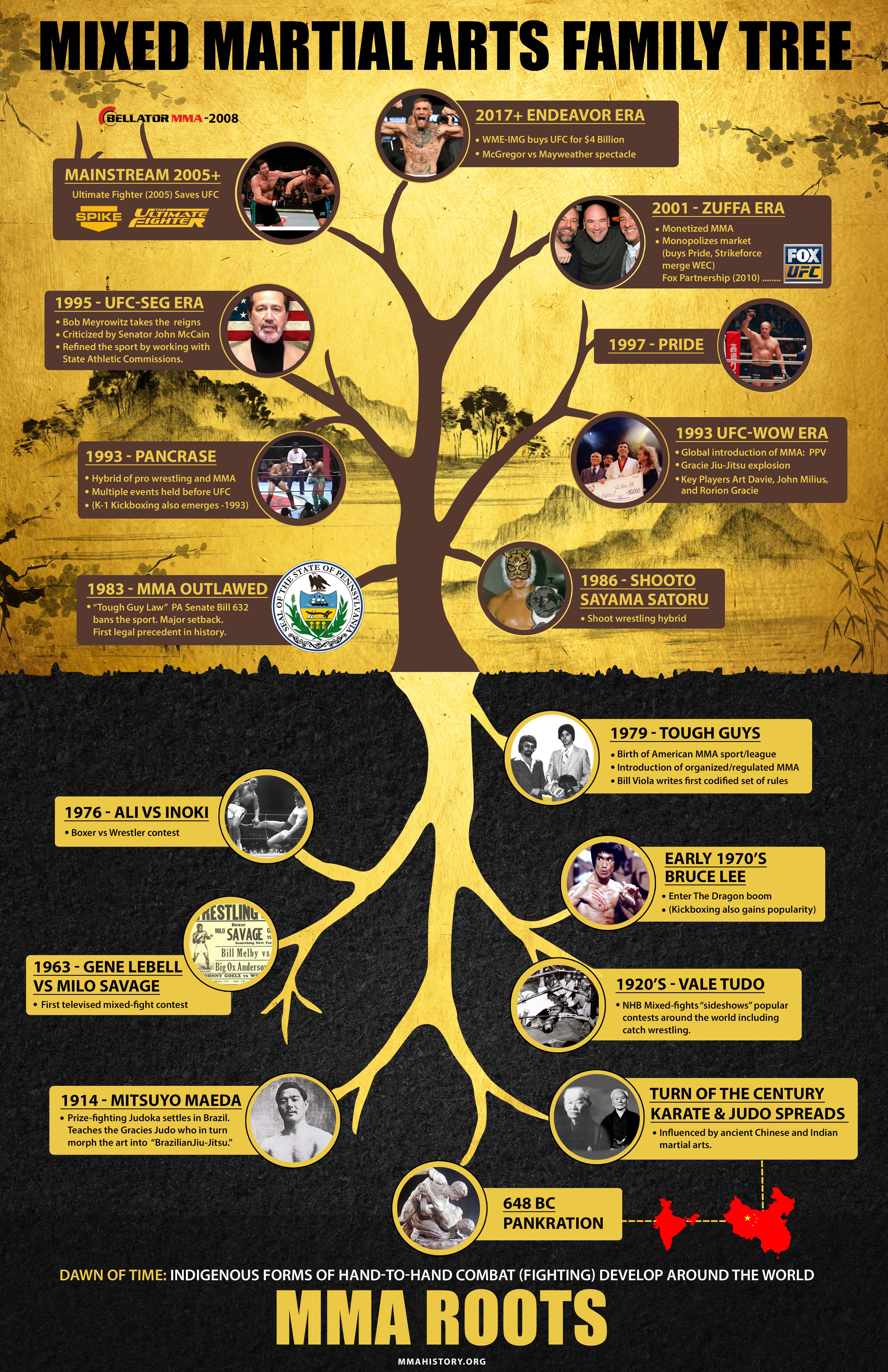Standard Martial Arts And Modern Combat Sports: A Thorough Introduction Of Their Distinct Distinctions
Standard Martial Arts And Modern Combat Sports: A Thorough Introduction Of Their Distinct Distinctions
Blog Article
Content Author-Valentine Finnegan
When you think about martial arts, do you lean a lot more towards the typical methods or the modern-day battle sports? Each course provides special benefits and experiences, shaped by their viewpoints and training methods. Typical martial arts emphasize personal growth and discipline, while modern-day fight sporting activities concentrate on competition and performance. Recognizing these distinctions can direct you in selecting the appropriate approach for your journey. However exactly how do these differences manifest in training and viewpoint?
The Approach and History Behind Traditional Martial arts
While many people link martial arts with physical fight, the philosophy and background behind traditional martial arts run much deeper. You'll find that these techniques highlight personal growth, discipline, and regard.
Originating from visit the following website , traditional martial arts were usually created for Self-Defense and spiritual advancement. They symbolize principles such as equilibrium, harmony, and self-discipline, directing specialists beyond simple battling skills.
As you educate, you'll not only discover strategies yet also acquire understandings right into the culture and values that formed these arts. The rituals and customs, commonly passed down with generations, promote a feeling of community and belonging.
The Affordable Nature of Modern Combat Sports
Modern combat sporting activities have actually transformed the landscape of martial arts into an extremely competitive sector, where professional athletes challenge in an examination of skill, strategy, and endurance.
You'll observe that competitions are usually organized with rigorous guidelines and regulations, guaranteeing fair game and safety and security. These occasions bring in big target markets, fueling the excitement and strength of competitions.
Suggested Web page train rigorously, not just for physical expertise however also for psychological strength, knowing that every detail counts in the ring. The adrenaline thrill throughout competitions is apparent, as boxers press their limits to declare victory.
Fans appreciate the athleticism and virtuosity entailed, making contemporary battle sporting activities a thrilling phenomenon that remains to progress and captivate enthusiasts all over the world.
Training Methods and Strategies: A Comparative Analysis
The competitive environment of contemporary combat sporting activities demands innovative training methods that differ substantially from standard martial arts.
In modern training, you'll focus on particular methods, competing, and conditioning, usually utilizing drills that imitate actual battle circumstances. You'll see an emphasis on quantifiable performance and constant competitors to assess your abilities.
On the other hand, typical martial arts focus on kinds, katas, and thoughtful trainings, frequently highlighting self-control and regard over competition.
Training is usually much less extreme and might include repeated method as opposed to real-time sparring.
While both techniques construct ability and physical fitness, modern-day combat sports provide a much more vibrant and adaptable training environment, preparing you for instant obstacles in the ring or cage.
Pick the course that aligns with your goals and interests.
Final thought
In selecting in between traditional martial arts and modern fight sporting activities, it actually boils down to what you value many. If you're trying to find personal growth, self-control, and a feeling of area, typical arts could be your ideal fit. However if you prosper on competition and real-time difficulties, modern-day combat sporting activities could be the way to go. Ultimately, both paths offer unique benefits, so it's all about aligning your training with your individual goals and rate of interests.
